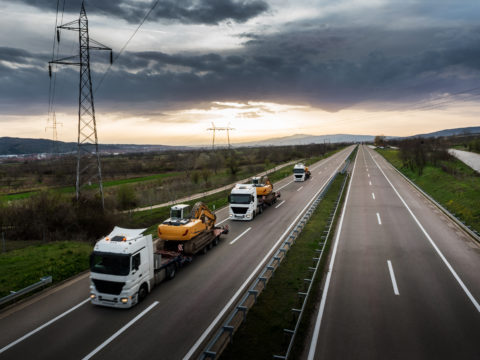The unyielding dance of modern civilization with fossil fuels has fueled a climate crisis of unprecedented proportions. For decades, the fossil fuel industry has been the cornerstone of the global economy, propelling industries, lighting cities, and facilitating movement. Yet, this progress comes at a dire cost — a rapidly warming Earth, leading to melting ice caps, extreme weather events, and a forecast of more catastrophic outcomes if the carbon-emitting behemoth continues unbridled.
Contents
Carbon Dioxide Emissions
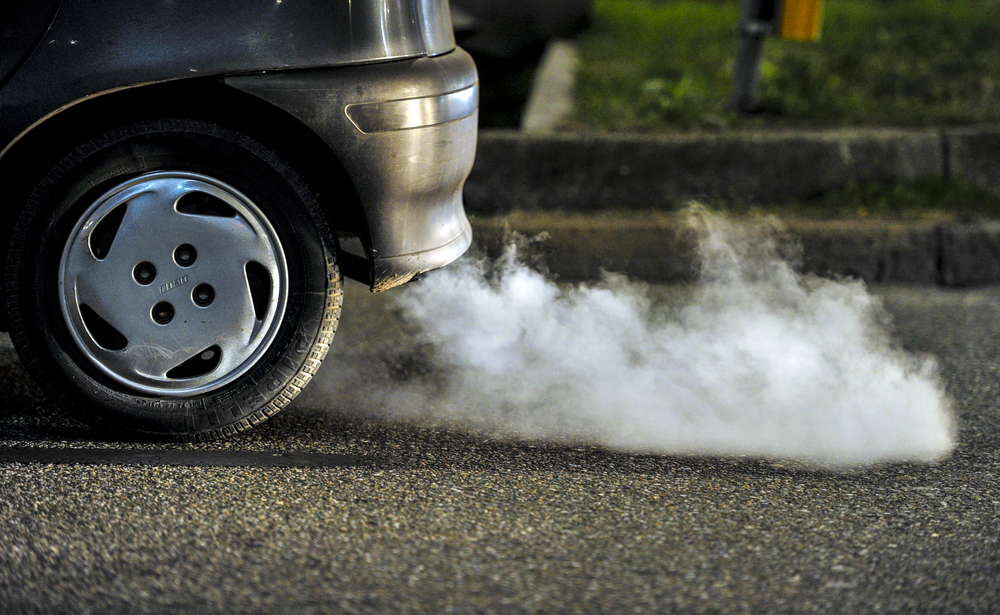
The combustion of fossil fuels is the largest source of carbon dioxide (CO2) emissions worldwide. According to the U.S. Environmental Protection Agency (EPA), the burning of petroleum, coal, and natural gas accounted for over 75% of total greenhouse gas emissions in 2019. The high concentration of CO2, a potent greenhouse gas, traps heat in the Earth’s atmosphere leading to global warming.
Methane Emissions
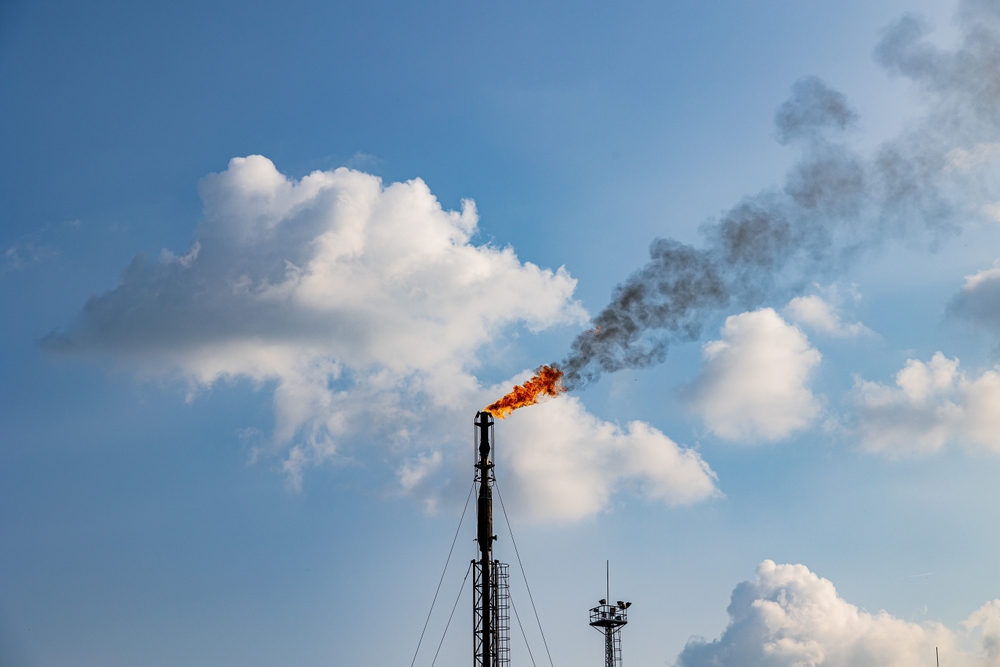
The production and transport of coal, oil, and natural gas are responsible for significant methane emissions. Methane is over 25 times more effective in trapping heat in the atmosphere compared to carbon dioxide over a 100-year period. According to the IPCC, methane’s warming potential is significant, contributing to rapid temperature increases.
Nitrous Oxide Emissions
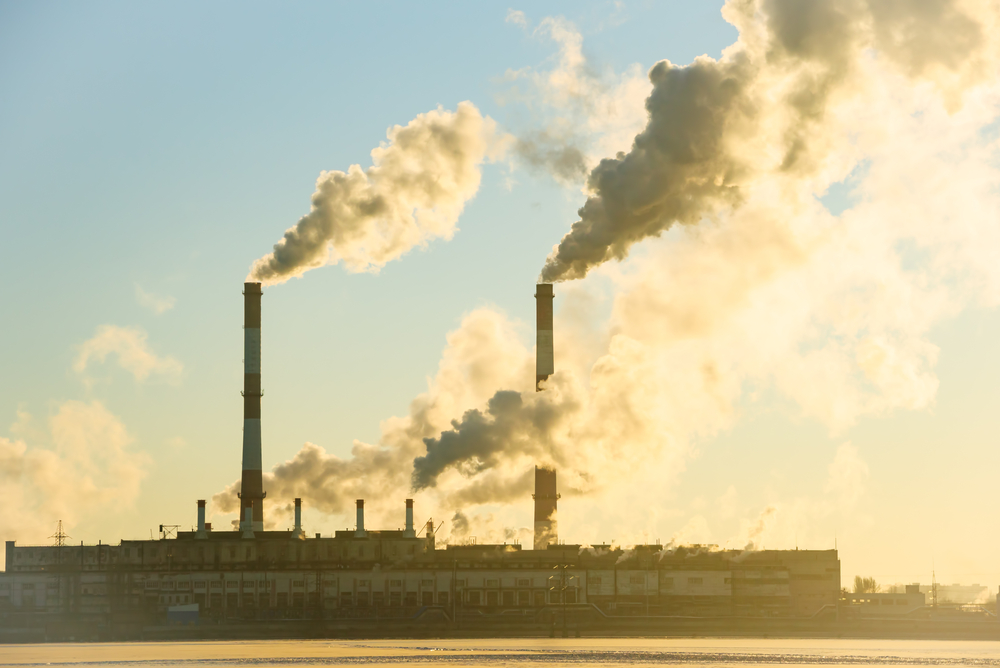
Nitrous oxide, a byproduct of fossil fuel combustion, is about 300 times more potent than CO2 as a greenhouse gas. Though present in lower concentrations than CO2 and methane, nitrous oxide’s presence in the atmosphere significantly contributes to global warming.
Aerosol Pollution

The burning of fossil fuels releases aerosols and particulate matter into the atmosphere. While aerosols can temporarily cool the atmosphere by reflecting sunlight, they also pose health risks and contribute to regional climate variability.
Black Carbon

Black carbon, or soot, is released from incomplete combustion of fossil fuels and is known to land on ice surfaces, reducing their reflectivity (albedo) and hastening melt. Additionally, black carbon in the atmosphere absorbs sunlight, contributing to atmospheric warming.
Ocean Acidification

Carbon dioxide emissions from fossil fuel combustion are absorbed by the oceans, leading to ocean acidification. Acidic waters harm marine life, particularly organisms with calcium carbonate shells or skeletons, disrupting marine ecosystems and food chains.
Rising Sea Levels
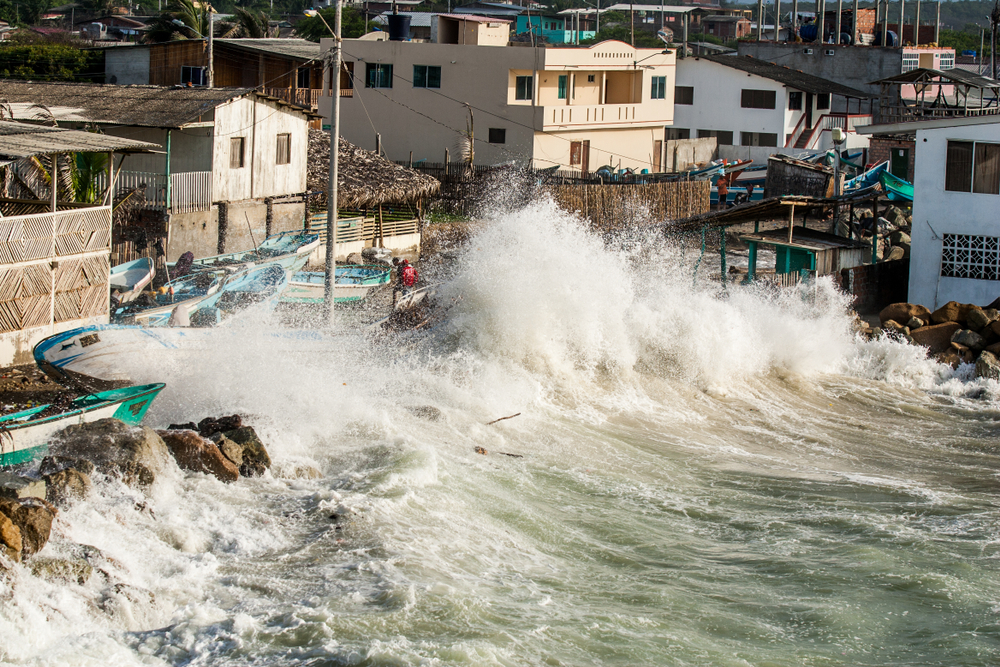
The global warming caused by fossil fuel emissions leads to polar ice melt and thermal expansion of the oceans, resulting in rising sea levels. This endangers coastal communities, ecosystems, and economies.
Extreme Weather Events
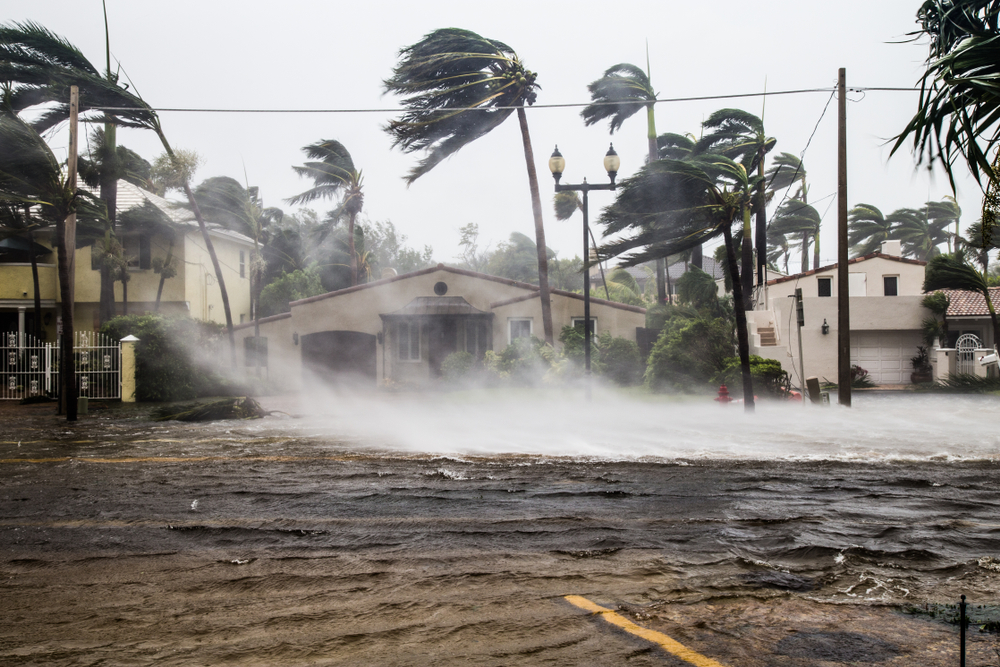
The increased atmospheric temperatures due to greenhouse gas emissions from fossil fuels contribute to the frequency and intensity of extreme weather events such as hurricanes, floods, droughts, and heatwaves, as confirmed by numerous scientific studies.
Displacement of People

The consequences of climate change driven by fossil fuel consumption include the displacement of populations due to sea-level rise, extreme weather events, and changing agricultural viability. This is creating and will continue to create climate refugees, posing social and political challenges.
Economic Costs

The economic costs of climate change, driven by fossil fuel emissions, are substantial. Costs are incurred through damage to infrastructure from extreme weather events, increased healthcare costs, and the need for adaptation measures such as sea walls. According to a study published in the journal Nature Climate Change, unmitigated climate change could lead to a 10% reduction in U.S. GDP by the end of the century.
This article originally appeared on MyCarMakesNoise.
More from MyCarMakesNoise
The Hybrid Advantage: Why They Beat Electric Vehicles in Every Way
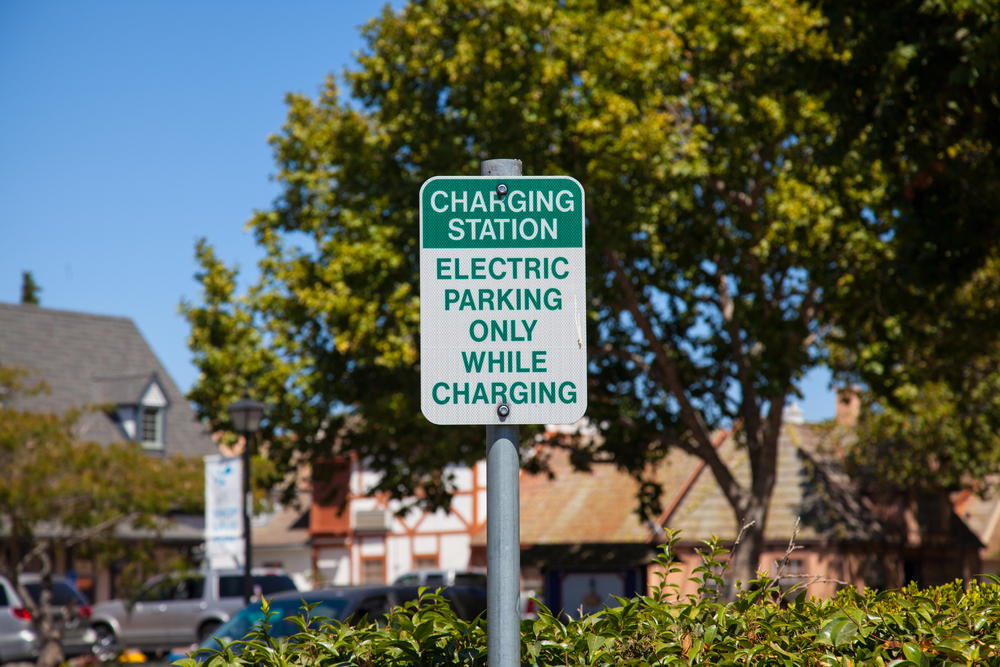
While the allure of fully electric vehicles (EVs) is undeniably captivating, there’s a compelling case to be made for the superiority of hybrids in today’s world. Read More.
Built Tough: The Greatest Trucks in History

These mechanical behemoths have not just transported goods but have carried the dreams and aspirations of generations, forging pathways through the annals of automotive history. Read More.
Trike Treasures: Showcasing the Coolest 3-Wheel Cars

Whether you’re an auto enthusiast craving something different or a casual observer intrigued by their peculiar design, these quirky machines will surely capture your interest. Read More.

